For people in their 20s and 30s, home ownership is becoming an increasingly distant dream. The ever-rising cost of housing, which makes even renting unaffordable, is making the goal of owning a home even more unrealistic. In fact, one respondent in their 20s from our interviews cynically said, “It’s hard enough to rent, let alone own, so it’s impossible.” Despite this, many 20-somethings said they would like to own a home and would be willing to take out a mortgage, even if it meant a hefty interest burden, because a home is an asset in the long run. Those in their 30s have more concrete plans. Some said they plan to own their own home within a year or two, while others are looking to buy for housing security to coincide with life transitions such as marriage and child planning. They said they plan to actively use housing subscription savings programs or policy funds.
As you can see, the proportion of people in their 20s and 30s choosing to borrow to purchase a home is increasing, and this is not just a matter of personal preference, but it carries complex implications for the real estate market, the economy, and society as a whole. In this article, we will look at the challenges of the rising demand for loans along with the cultural push for home ownership among the younger generations, and the current status of government regulations in response.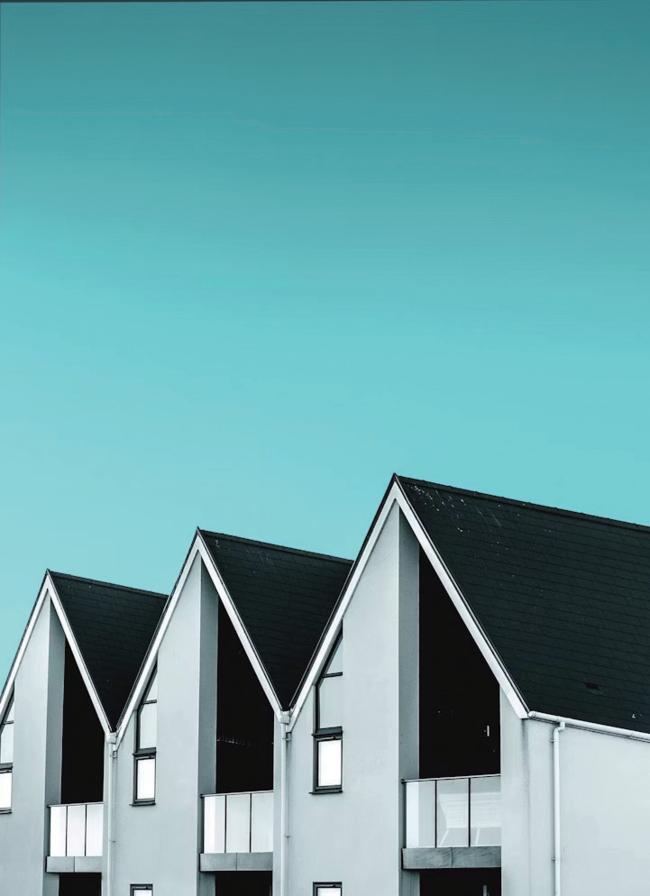
The reasons for taking out loans vary, but in real estate there are two that are particularly important. The first is a rapid increase in housing prices. Like any product, when the demand increases or the supply decreases, property prices change. Beginning in 2017, the price of houses started to jump. Unlike our parents’ generation, who were able to buy their homes by saving money, housing prices are now rising much faster than people can save for them. When they saw the figures, people in their 20s and 30s thought they had to purchase quickly, before housing prices increased any further. They did this because they were afraid of falling behind others. This situation is described as panic buying and the fear of missing out syndrome.
The second is polarization in house prices. The rate of price increase drastically varies within any given area, depending on the property’s location. In order to own property in a location with stronger price appreciation, instead of buying the house that they can currently afford, people opt to borrow more money. In Korean society, this phenomenon is often called the preference for a smart single home.
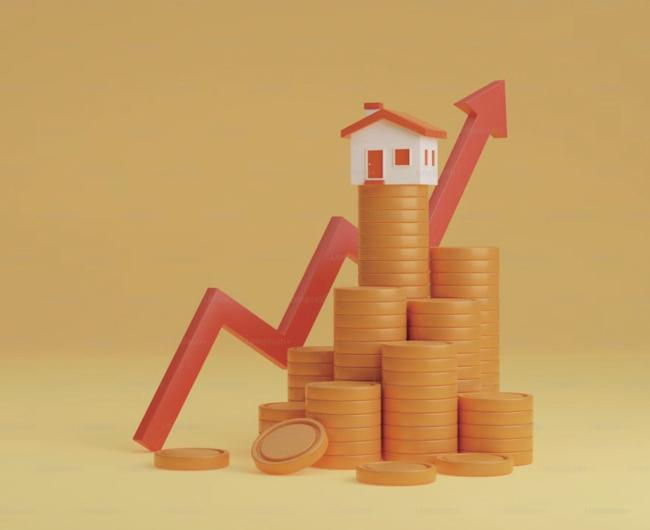
Starting an era of ultra-low interest with the COVID-19 pandemic in 2020, the worry about excessive loans was low. However, there is no guarantee that the ultra-low interest rates and rising house prices will continue. Indeed, can the steadily rising loan rate really not affect our society? After the COVID-19 pandemic, the benchmark interest rate
remained in the 0% range in 2021, but within a year Korea’s interest rate rose by 3%.
According to the changing situation and the complex environment, housing prices sharply dropped in 2022 and 2023. As the benchmark rate goes up, loan interest rates increase as well. The borrowers faced the triple burden of a debt, rising interest payments, and losses from falling housing prices. This implies that the excessive debt is not the only way to buy a house.
Then, exactly what problems does excessive debt bring to our society? When people purchase a home, they usually raise money through a residential mortgage. A residential mortgage, which allows borrowers to finance up to 80% of a property’s value, is based on the assumption that the borrower might fail to repay the loan. If the borrower fails to repay, a bank seizes the property and auctions it off. Therefore, People primarily reduce their consumption in the market to repay debt from loans.
This reduction eventually contributes to a broader slowdown in domestic consumption. Also, the amount of household debt per home continues to rise, contributing to asset price bubbles that could lead to a severe economic downturn if a shock occurs.
As people in their 20s and 30s grow increasingly eager to own homes, the demand for and reliance on loans is rising rapidly. To curb excessive household debt, governments have expanded the application of debt-to-income ratio, also known as debt service ratio (DSR) regulations, reduced mortgage loan guarantees, and increased spot checks on high-risk loans. However, these measures alone are not enough to address the root of the problem. The causal relationship, whether lending drives up housing prices or rising prices fuel more borrowing, remains complex and difficult to untangle.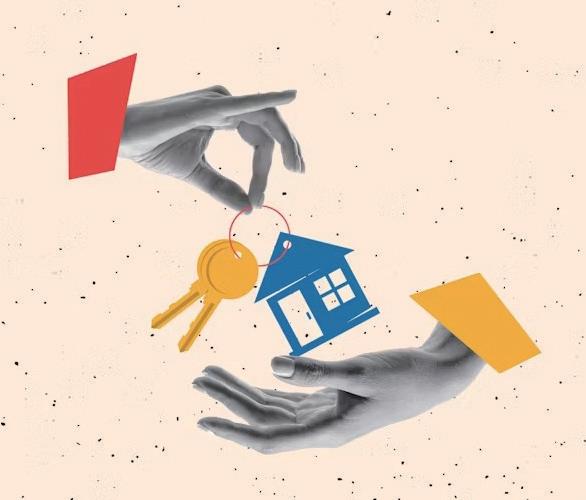
Ultimately, stabilizing the housing market requires a multifaceted approach: Stronger financial regulations, increased housing supply to meet demand, and structural reforms in the real estate sector. Government policies must reflect the voices and realities of the generation of people in their 20s and 30s to ensure that their pursuit of homeownership does not lead them into a debt trap.
82 nd Cub Reporter•Lee Jeong Min•agaoo1@naver.com
84 Cub Reporter•Lim Hyo Jin•hjnm041219@naver.com
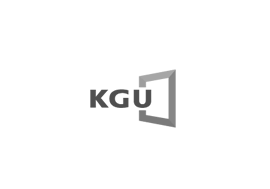 Freedom Given to Youth: An Opportunity for Choice or a Burden of Constraint?
“Are we truly free today?” Classical literature is far more than time-honored stories. It offers profound insights into human nature and society that transcend time, remaining a valuable resource for examining the challenges our world faces today. This article will draw on George Orwell’s 1984 and Charles Dickens’ Oliver Twist to explore the contemporary issues of youth housing and the emergence of a surveillance society ...
Freedom Given to Youth: An Opportunity for Choice or a Burden of Constraint?
“Are we truly free today?” Classical literature is far more than time-honored stories. It offers profound insights into human nature and society that transcend time, remaining a valuable resource for examining the challenges our world faces today. This article will draw on George Orwell’s 1984 and Charles Dickens’ Oliver Twist to explore the contemporary issues of youth housing and the emergence of a surveillance society ...

 [단신] 산악회, 본교 동문의 버팀목이 될 수 있도록
[단신] 산악회, 본교 동문의 버팀목이 될 수 있도록
 [사회메인] 노인 인구 1,000만 시대, 준비 없는 사회가 불안해
[사회메인] 노인 인구 1,000만 시대, 준비 없는 사회가 불안해
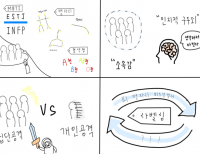 [네컷만화] 라벨링 문화
[네컷만화] 라벨링 문화
 [진리터] 결국 우리 모두 돌아볼 것이니
[진리터] 결국 우리 모두 돌아볼 것이니

 목록
목록













